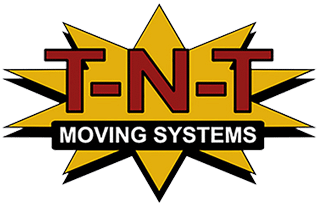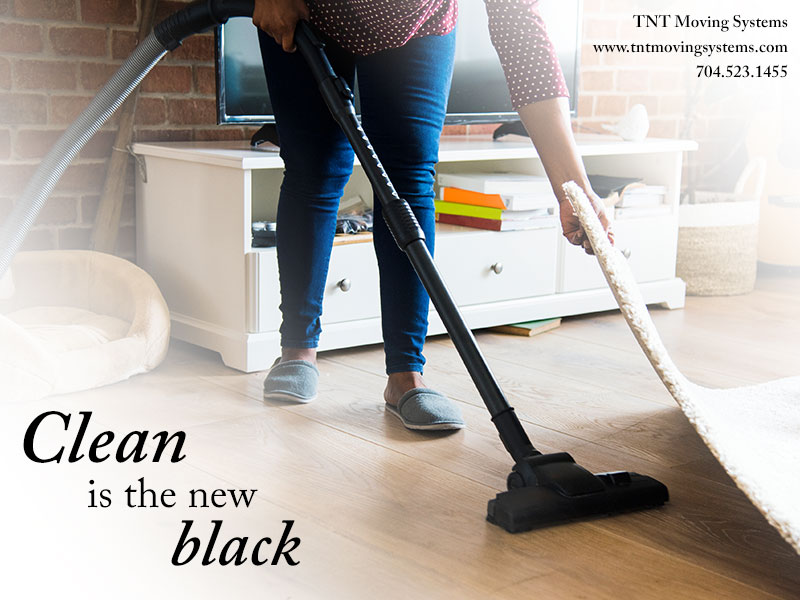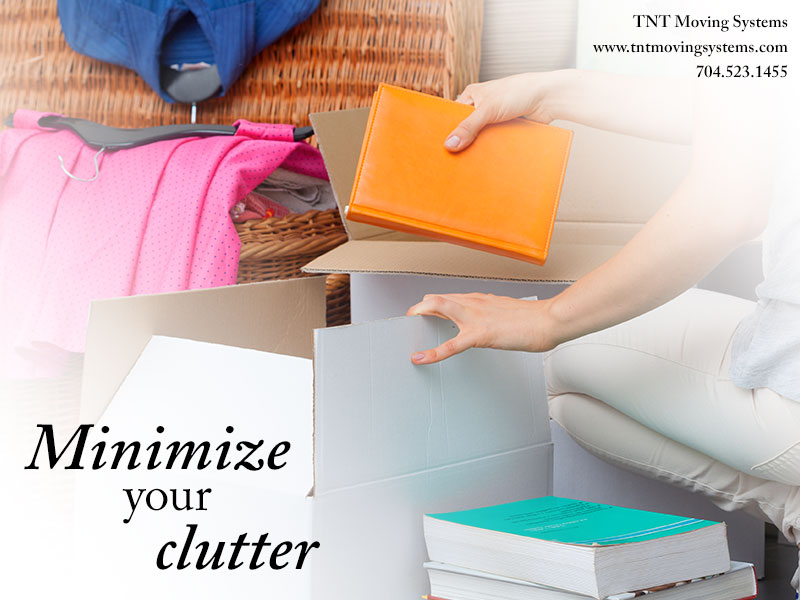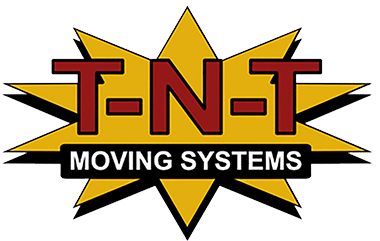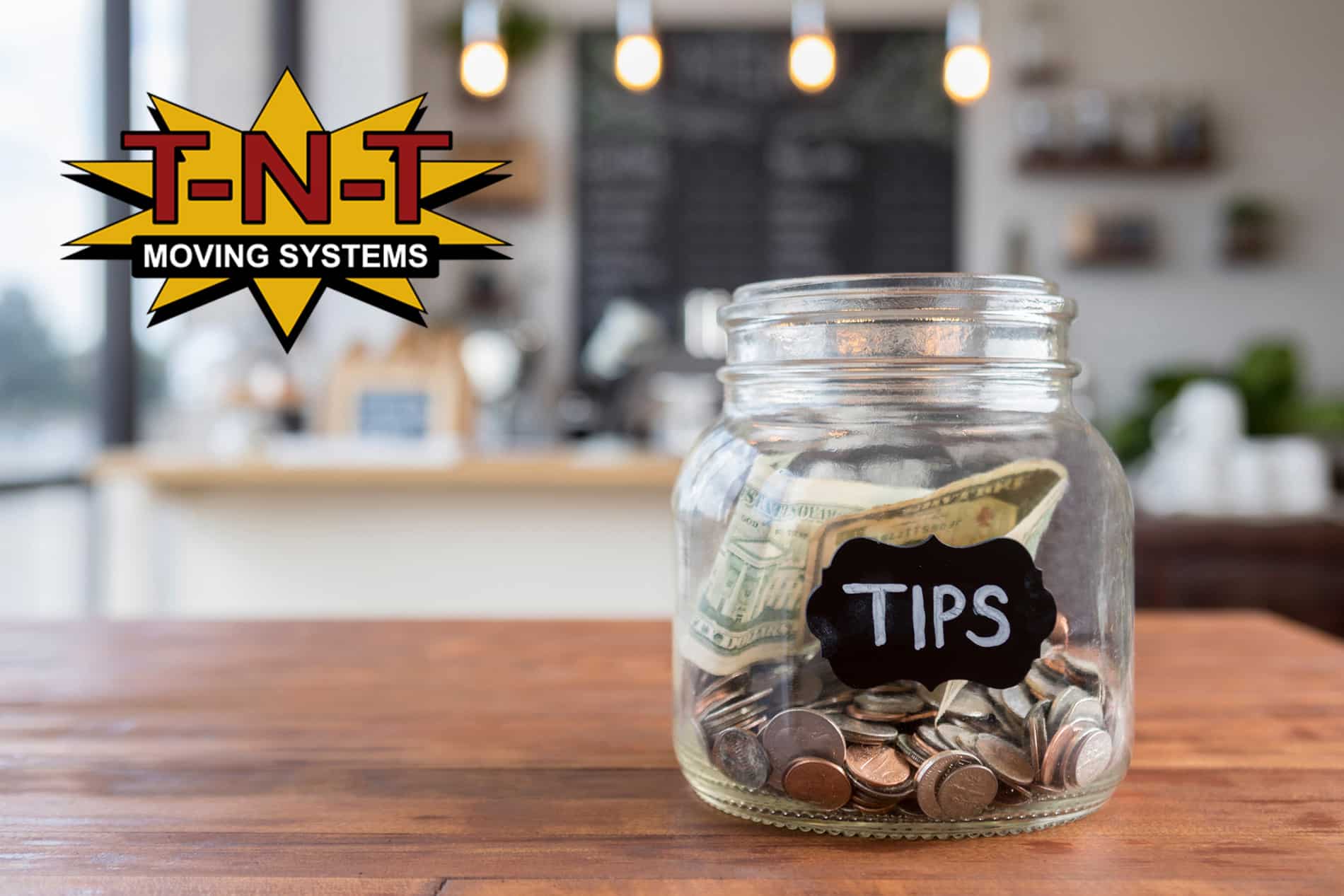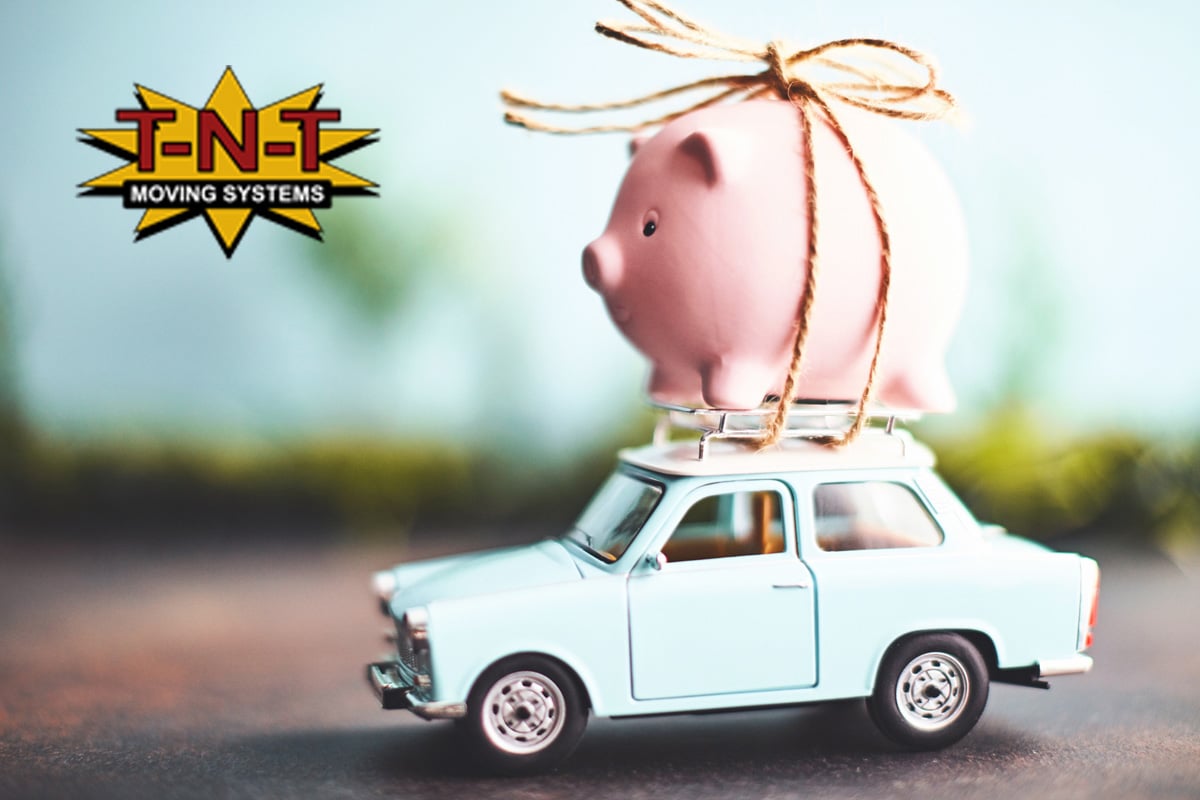Minimalism the New Black?
Although so much of the “American Dream” has involved acquiring things, the “tidying up” trend has taken over. No longer is a growing mass of possessions — clothes, gadgets, collections — indicative of social standing. Instead minimalism is the new luxury.
WHO IS “MINIMALISM” FOR?
Good design isn’t cheap. Whether it’s an iPhone or an angora sweater, a KitchenAid mixer, or boots made from hand-tooled leather, items that are built to last require an investment.
There’s a certain kind of circular disadvantage associated with poverty and consumerism. Limited incomes typically allow little room for saving money. If one is unable to afford “The Nice Thing” because one does not have the upfront capital to buy it, one often has to settle for the less expensive, poorly made “Available Thing.” Instead of buying “The Nice Thing” once, one ends up perhaps spending even more over time repeatedly buying the “Available Thing.”
Consider an inexpensive pair of work slacks sold at a big-box discount store versus a pair of tailored slacks in heavier fabric from a high-end retailer. Or think about a cheap set of socket wrenches made from low-grade metal that warp when put to the test versus professional-grade tools that will withstand any pressure. The same exchange applies to buying in bulk. That giant pack of paper towels costs $22 while one roll is $1.50. (And buying that multi-pack means needing space to store it.) Saving money in the long run requires having money to spend now.
“You cannot choose to ‘declutter’ if you are already living in a sparse home you cannot afford to furnish,” writes Chelsea Fagan for The Financial Diet. “You cannot ‘reduce’ the food you consume if you are already only able to put one good meal on the table per day. And when nearly half of Americans would be unable to pay their bills if they missed a single check, this ‘forced minimalism’ is much, much more common than we would like to imagine.”
Being a “minimalist” in the Pinterest sense of clean, white shelves and tiny stereo speakers on a natural wood entertainment center in an airy living room with a stylish couch and hypoallergenic cat isn’t a casual lifestyle.
“The only people who can ‘practice’ minimalism in any meaningful way are people upon whom it isn’t forced by financial or logistical circumstances,” Fagan writes.
TIDYING UP
Although not everyone can afford Instagram-worthy décor, and while cleaning and organizing take time that may well be hard to find, there are practical tips to managing messes.
Marie Kondo, author of “The Life-Changing Magic of Tidying Up: The Japanese Art of Decluttering and Organizing,” asks one question that cuts to the heart of clutter — does it bring you joy?
Granted some items in our lives are simply necessary. Our toothbrush may not make us happy, but it helps keep us healthy. What Kondo is getting at though are the things we amass that don’t quite work, don’t quite fit, are taking up space that we otherwise need, and are distracting from the things we actually do want.
Do you have 16 pairs of shoes and only wear 3? Kondo says to thank those 13 extra pairs for having served their purpose for you and release them on to their next life by donating, selling, or trashing them. Are you pretending you’re going to re-read that college textbook about international banking systems? Kondo says, let it go. Did your grandmother buy you a set of seasonal toilet paper cozies at the church yard sale that you’ve kept shoved in the back of the sock drawer? Kondo tells you it’s okay to send them on their way.
Tidying up, which you can see in action in Kondo’s Netflix series, is an exercise in self-editing. “Her method is deceptively simple,” writes Sarah Archer in The Atlantic. “She has clients begin with clothing, move on to books, then paper documents, then komono, which means ‘miscellaneous’ in Japanese and encompasses the kitchen, bathroom, garage, and other objects. Then they finish up with the final category, which is sentimental items. There’s something about the way in which Kondo explains the goals of her exercises that gets her clients to open up. This is the key difference between Tidying Up and most other reality shows: There’s no sense of competition, and the ostensible makeover at the heart of every episode simply involves regular people becoming happier and more at ease in their own home. Kondo doesn’t scold, shame, or criticize. Things spark joy or they don’t, and it’s fine either way.”
Decluttering has the advantage of making it easier to clean. Whether mopping floors or disinfecting the bathroom counters, things get in the way. Although Kondo is in favor of organizing, not by area but by type of thing (i.e. not just the hall closet and winter wear but all your clothing all at once), you may try tackling a smaller task at first to get you motivated. Try going through the refrigerator and freezer by taking everything out, inspecting expiration dates, and cleaning all the hard surfaces with a disinfecting cleaner. This activity has the added benefit of keeping your family healthy! How about the coffee table or nightstand? Tackling little projects that take less of a time commitment than your entire closet will help keep you going and give you a way to practice new behaviors like putting things away after you’re done using them.
If you’re looking to save money, making your own cleaning supplies is easier than you might think. For an all-purpose cleaner that’s also safe around children and animals, combine 4 tablespoons baking soda and 1 quart warm water, and use it with a sponge to wipe messes away. Make a glass cleaner by mixing 1/2 cup white vinegar with 1/4 cup rubbing alcohol and 2 cups of water. Remember that baking soda is a terrific deodorizer for sneakers, gym bags, and pet beds. For greasy surfaces like kitchen cabinets, add a few drops of dish soap to a spray bottle and fill it with warm water and clean with a damp rag. If you need to scrub something like a pan or bathtub, try a handful of salt and use half a lemon to rub the salt around then rinse with clean water.
Other quick tips to refresh your surroundings?
- Put your houseplants in the shower. A full rinse with cool water will clear them of dust and debris.
- Run plastic children’s toys through the dishwasher to sanitize them.
- Wash your shower curtain in the washing machine with hot water and a few towels.
TOO MUCH
Organizing in and of itself is nothing new. Television capitalized on homemakers’ aspirations for a clutter-free life in the early 2000s, launching series of reality TV shows like “Hoarders,” “Clean Sweep,” and “Mission: Organization.”
“Hoarders” stood out for the extreme cases the show highlighted. Homes were more than disorganized or cluttered. Occupants had crossed a line such that their attachment to and inability to get rid of possessions, many of which were no longer useful and had become hazardous, posed a serious threat to their quality of life. Commonly hoarded items include newspapers, magazines, bags, boxes, photographs, household supplies, food, and clothing.
“Hoarding can be related to compulsive buying (such as never passing up a bargain), the compulsive acquisition of free items (such as collecting flyers), or the compulsive search for perfect or unique items (which may not appear to others as unique, such as an old container),” according to the Anxiety and Depression Association of America.
Hoarding has been classified as a mental condition closely associated with obsessive-compulsive personality disorder (OCPD), obsessive-compulsive disorder (OCD), attention-deficit/hyperactivity disorder (ADHD), and depression. The ADAA states:
“People hoard because they believe that an item will be useful or valuable in the future. Or they feel it has sentimental value, is unique and irreplaceable, or too big a bargain to throw away. They may also consider an item a reminder that will jog their memory, thinking that without it they won’t remember an important person or event. Or because they can’t decide where something belongs, it’s better just to keep it.”
There’s a difference between what is seen as typical saving versus collection and hoarding. Those who hoard often feel embarrased about their possessions and living conditions when others see them. Their clutter is an isolating force. Collectors on the other hand maintain their carefully curated collections and have a sense of pride in what they have gathered.
Someone who hoards may exhibit the following:
- Inability to throw away possessions
- Severe anxiety when attempting to discard items
- Great difficulty categorizing or organizing possessions
- Indecision about what to keep or where to put things
- Distress, such as feeling overwhelmed or embarrassed by possessions
- Suspicion of other people touching items
- Obsessive thoughts and actions: fear of running out of an item or of needing it in the future; checking the trash for accidentally discarded objects
- Functional impairments, including loss of living space, social isolation, family or marital discord, financial difficulties, health hazards
The show “Hoarders” and its follow up, “Hoarding: Buried Alive,” made an attempt to help those who hoard address their conditions with professional organizers and mental health therapists. These types of professionals target the behaviors associated with hoarding rather than just the mess itself.
The National Association of Productivity and Organizing Professionals has tips for how to hire a professional organizer or productivity consultant. Step one is figuring out what kind of services are needed — there’s not a one-size-fits-all approach to tidying up! There are consultants who specialize in a range of skills such as organizing for people with disabilities, helping seniors who are downsizing, managing estate sales, tackling home offices, converting paper documents into digital assets, and designing storage solutions such as customized closets.
“Avoid choosing a Professional Organizer or Productivity Consultant strictly by price,” states NAPO guidelines. “Instead, focus on finding someone with the personality and skill set that match your needs. That person is most likely to deliver the greatest value by achieving the results you desire in the shortest amount of time.”
WHEN IT COMES TO MOVING
How much we have seems to directly correlate with how long we’ve been in a single place. Maybe there’s still a stash of your childhood things in your parents’ basement. Maybe the garden shed in the backyard is a vestige of every hobby you ever had. Whether you ever plan to move or not, pretend that you are. How hard would it be? How much money would you spend putting things in storage or shipping things by weight?
TNT Moving Systems can get you from wherever you are to wherever you’re going, local and long-distance, but we know from experience that planning ahead for moving day is a good thing. If you need help, call us for a free quote. We are a moving company but we also tackle projects like loading and unloading storage pods, moving pianos, and packing.
Visit us online at tntmovingsystems.com or call 704.523.1455.
